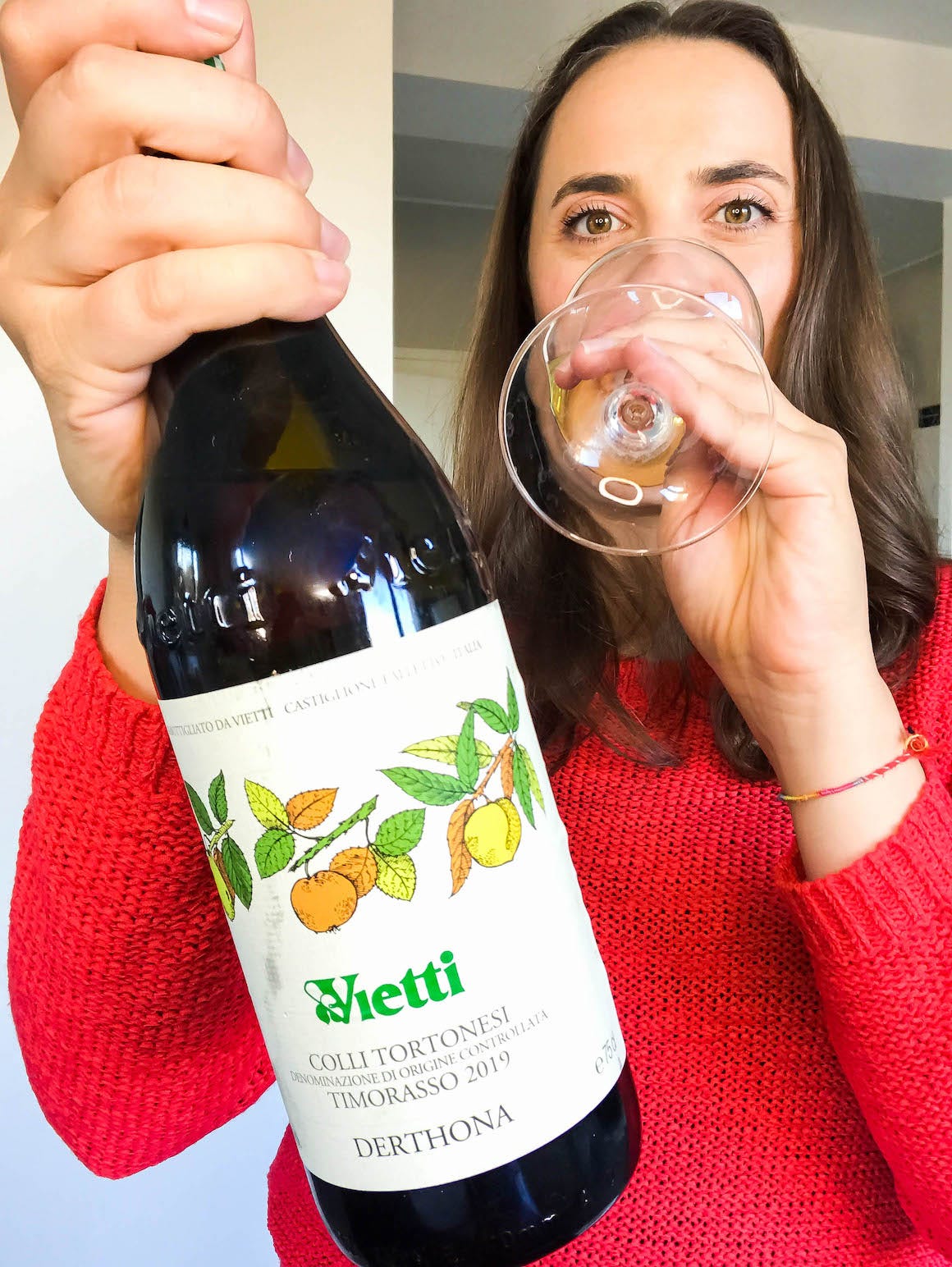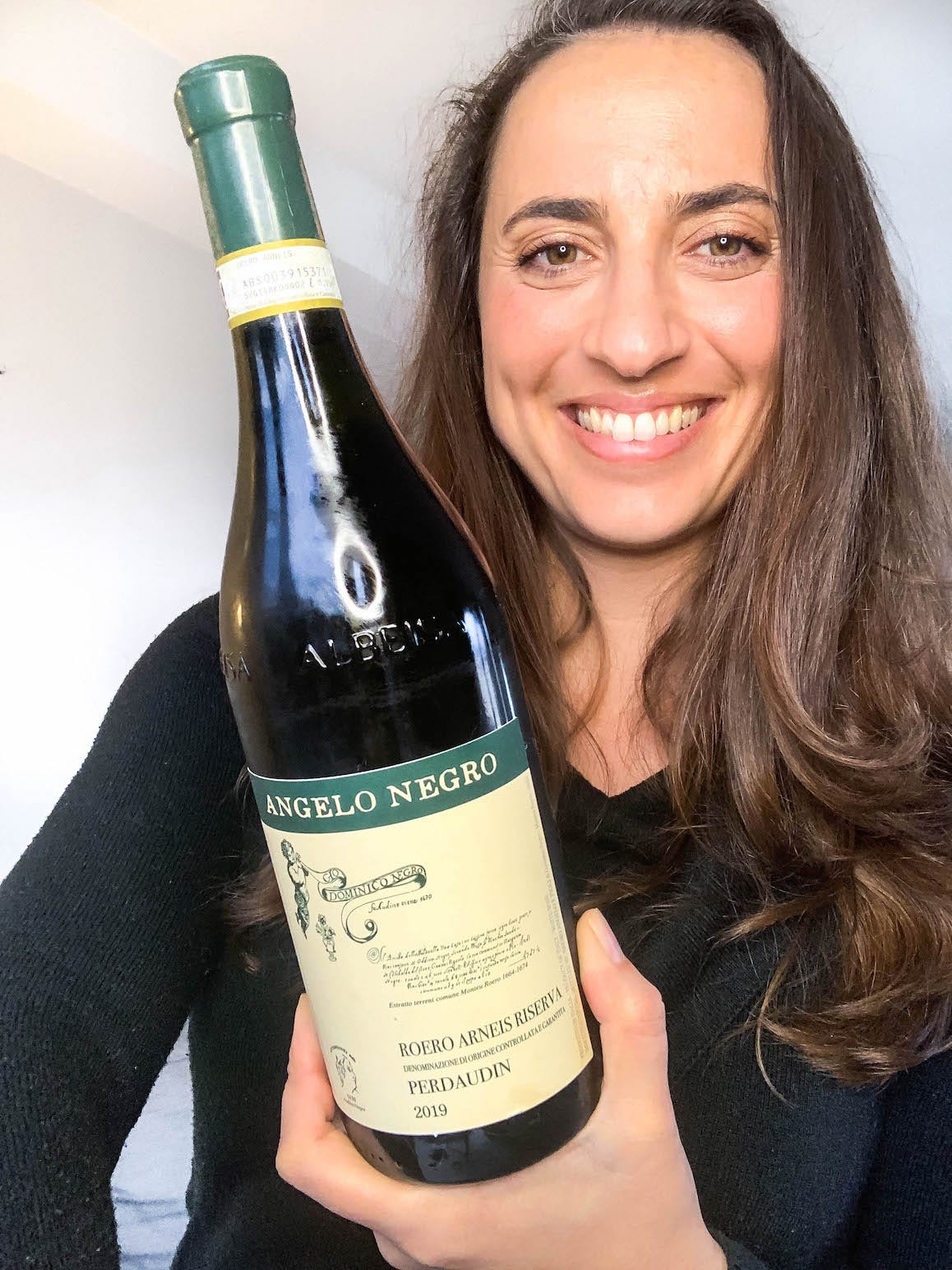Rare Varieties from Northern Italy Part 2
Discover the characteristics, history, and best food pairings for Timorasso, Arneis, Slarina, Pelaverga, and Freisa.
Northern Italy is a treasure trove of rare and distinctive grape varieties that often fly under the radar. In this second installment of our series (check out part 1 here), we explore some of Piemonte’s most fascinating indigenous grapes—each with a unique history, distinctive characteristics, and a growing cult following. From the remarkable revival of Timorasso to the aromatic charm of Pelaverga and the Nebbiolo-linked Freisa, these hidden gems offer a fresh perspective on one of Italy’s most celebrated wine regions.
Let’s dive into the stories behind these rare and remarkable wines.
Timorasso – From Nearly Extinct to Cult Classic
Piemonte is famous for its red wines, but its indigenous white varieties deserve attention too. If you love a good comeback story, Timorasso is a must-try. Once nearly extinct, this grape now produces refined, age-worthy white wines.
Origins & History
Timorasso hails from Tortona, located in southeastern Piemonte. It was once one of the region's most planted white grapes alongside Cortese. Yet when phylloxera devastated the vineyards of Europe in 1879, Timorasso was excluded from replanting considerations. Growers longed for a sure thing following the annihilation of their life’s work. Instead, they favored replanting the more reliable Cortese. Later, by the end of World War II, Timorasso had been pushed to the brink of fatal extinction. Market tastes had shifted to red wines and people were leaving rural, agricultural zones like Tortona for work in the city during the postwar economic boom.
Yet as fate would have it, a fortunate turn of events was on the horizon for Timorasso.
The Revival by Pioneering Winemaker Walter Massa
In 1976, Walter Massa took over his family's winery in Colli Tortonesi, recognizing the area's potential for white wines. While Cortese struggled in Monleale, his vineyards had small plantings of thick-skinned Timorasso. Used mostly as a table grape or blended into bulk wines, Massa saw its potential for more.
In 1987, he bottled 500 experimental Timorasso wines, confirming his instincts. Over the next decade, he fine-tuned his winemaking before releasing his first vintage from the Costa del Vento vineyard in 1990. Today, Massa cultivates 10 hectares of Timorasso and his Derthona label is the benchmark for the variety. Other producers have since embraced it, making Timorasso a regional trademark.
Colli Tortonesi: Terroir & DOC Regulations
Colli Tortonesi, or the hills of Tortona, were geologically formed between fifteen and five million years ago, around the same time as the Langhe. The soils here are mainly composed of compact calcareous clay with ancient marine deposits. While the blue marl from the Tortonian period found here also runs throughout the ridge of Barolo. Similar to the Langhe and Monferrato, Colli Tortonesi soils are largely limestone with surface layers of sand and clay.
The climate is temperate and humid, moderated by some maritime influence from the Ligurian Sea with significant diurnal shifts enhancing aromatic complexity. Wines fall under the Colli Tortonesi Timorasso DOC or Colli Tortonesi Riserva Timorasso DOC, requiring at least 95% Timorasso and a minimum aging period of 10 months. The Derthona DOC mandates 100% Timorasso.
Learn more about the region on the website for the Consorzio Tutela Vini Colli Tortonesi.
Timorasso in the Vineyard & Glass
Timorasso is known for abundant vegetation and high fertility. It’s capable of thriving at high elevations over 500m above sea level and has compact clusters of thick-skinned berries yielding wines of remarkable complexity.
In its youth, Timorasso exhibits stone fruit, pear, acacia, and honey aromas. With age, minerality becomes more pronounced. On the palate, it boasts vibrant acidity, high alcohol, and a rich, textured finish.
Must-Try Timorasso Wines
Vietti Derthona Timorasso Colli Tortonesi DOC
This wine presents a medium yellow hue with subtle green reflections. The nose is vibrant and complex, revealing mandarin orange, white grapefruit, honey, white peach, nectarine, acacia, and honeysuckle.
The palate is round and dry, featuring medium+ acidity that balances its full body and high alcohol. Despite its delicate aromas, the wine delivers a rich yet harmonious structure. Excellent for drinking now, but with great aging potential.
Vigneti Massa Derthona Timorasso Colli Tortonesi DOC
For me, there is no better expression of Timorasso than the wine from the revivalist himself. Incredibly complex with notes of acacia, ripe peaches, white almond, and hints of pineapple and spice. Well-structured and full-bodied, this wine always makes for an interesting experience and is quite age-worthy as well.
Recommended Food Pairings
Due to its rich texture and high acidity, Timorasso pairs beautifully with a variety of foods, including seafood, white meats, aged cheeses, creamy dishes, and heavily spiced cuisines. Try savoring Timorasso with butter basted scallops, seared salmon or tuna, mushroom tagliatelle, roasted fennel or artichokes, and Thai or Indian takeout.
A Brief Pause to Recommend a Wine Substack I Love: Kristy’s Wine Travels
This week, I’d also like to highlight a fellow wine Substacker, Kristy’s Wine Travels! Kristy and I have long since been social media wine friends and she is always serving up incredible behind the scenes wine stories on her Susbtack, constantly traveling to new wine regions year round and sharing insightful wine recommendations and inspirational stories. Plus, she’s a fantastic writer! Be sure to check her out and subscribe.
Kristy Wenz, WSET 3, is a wine writer, educator, communications consultant, judge, and brand ambassador currently based in Willamette Valley, Oregon. She is the sole content creator @kristys_winetravels, the author of a weekly Substack newsletter, the wine educator at Corollary Wines, and she provides marketing and social media content for several domestic and international wine regions and producers. Kristy has also spent the last six and a half years working part-time in wine production for wineries in Willamette Valley, Oregon and southwest Michigan.
In addition, she is a wine judge for Concours Mondial de Bruxelles, and has judged at the Beverage Testing Institute in Chicago, as well as for wine competitions in Michigan and Macon, France. She has taught WSET and wine consumer classes, and is a published author with numerous digital publications, including VINOHEAD where she most recently served as the Senior Managing Editor at the weekly online publication for three years. Prior to her full-time career in wine, Kristy owned her own PR company specializing in Commercial Real Estate, which afforded her the time to spend eight months living in Europe and traveling to vineyards and wineries across the continent.
Instagram: @kristys_winetravels
Substack: kristyswinetravels.substack.com
Arneis – Piedmont’s Great White Italian Wine
Piemonte is best known for its reds, but Arneis stands out as one of its finest native white varieties. Also once nearly extinct, this grape has made a remarkable comeback, producing aromatic, textured wines with aging potential.
Origins & History
Arneis has been cultivated in Piemonte since the 15th century but nearly vanished by the 1960s due to its low yields and susceptibility to powdery mildew. It also struggles to retain acidity and overripens quickly if harvested too late, making it challenging for growers.
Traditionally, Arneis played a supporting role in Nebbiolo vineyards, acting as a decoy to distract birds from the prized red grape since Arneis ripens first. Some producers even blended it into Barolo to soften Nebbiolo’s tannins.
However, it took Alfredo Currado of Vietti to recognize its true potential. In the late 1960s, he sourced grapes from small plantings scattered across the region, producing the first varietal Arneis in decades. With just 3,000 bottles from 35 different growers, Vietti helped rescue the grape from obscurity and gave Arneis, named little rascal in local dialect, a new life.
Roero: Terroir & DOCG Regulations
Most premium Arneis wines come from Roero, located on the north bank of the Tanaro River, opposite Alba. The region's rolling hills were shaped by the ancient course of the river, exposing layers of limestone, clay, and sand. The best Arneis vineyards face north, where cooler temperatures allow the grape to retain its aromatic complexity and fresh acidity.
Established as a DOC in 1985 and upgraded to DOCG in 2004, Roero Arneis wines must be at least 95% Arneis and aged for a minimum of four months before release. The Riserva designation requires at least 16 months of aging, while the DOCG also allows for sparkling Arneis.
Arneis in the Glass
Arneis is medium-bodied with moderate acidity, offering fragrant aromas of pear, apple, tangerine, stone fruit, white flowers, and almond. It is typically vinified in stainless steel, though some producers experiment with oak aging, which enhances texture while softening floral notes. With age, Arneis develops nuttier, honeyed characteristics, proving its ability to mature beautifully over time.
Must-Try Producer: Angelo Negro
One standout producer is Angelo Negro, a historic winery in Roero with roots dating back to 1670. Known for their deep respect for tradition and commitment to sustainable viticulture, the Negro family crafts wines that beautifully express the region’s terroir. This was one of my favorite wineries we visited on our trip to Piemonte a few years back. The hospitality was next level and every single member of the family that was at the winery at the time came to welcome us and say hi.
Their ‘Perdaudin’ Roero Arneis Riserva 2019 showcases the grape’s elegance with aromas of honeysuckle, jasmine, pear, pineapple, and tangerine. The palate is textured yet balanced, with refreshing acidity and layers of ripe fruit.
The winery also produces an aged Arneis, ‘Sette Anni,’ which demonstrates the grape’s remarkable potential for longevity, developing complex almond and floral notes over time.
Recommended Food Pairings
Arneis pairs well with seafood, white meats, creamy pasta dishes, and aged cheeses. Try it with shrimp scampi or lobster, roast chicken, truffle risotto, or taleggio cheese.
Ready to discover more unique varieties, but not sure where to begin?
Check out my guide: If You Drink This, Then Try That! This guide breaks down what unique, off-the-beaten-path varieties you’re likely to love based on wines you already regularly drink. It’s available here for paid subscribers, along with countless other food and wine pairing guides, too.
Keep reading with a 7-day free trial
Subscribe to Sip with Nik to keep reading this post and get 7 days of free access to the full post archives.








